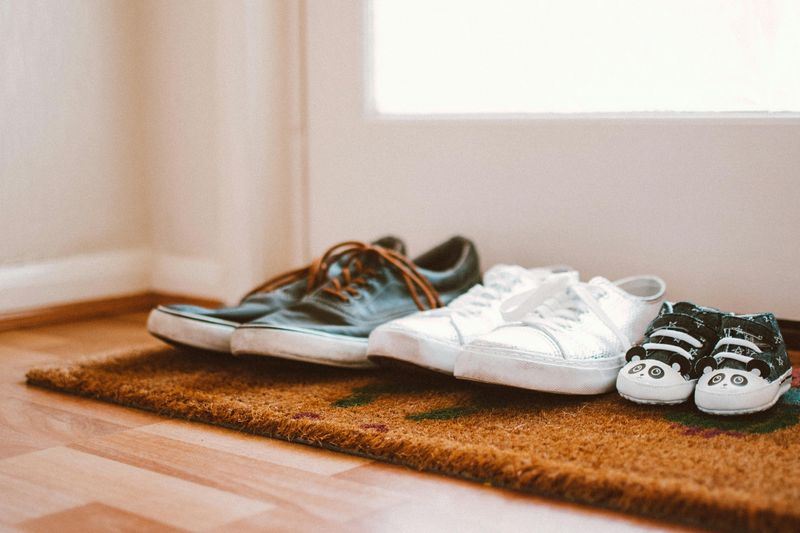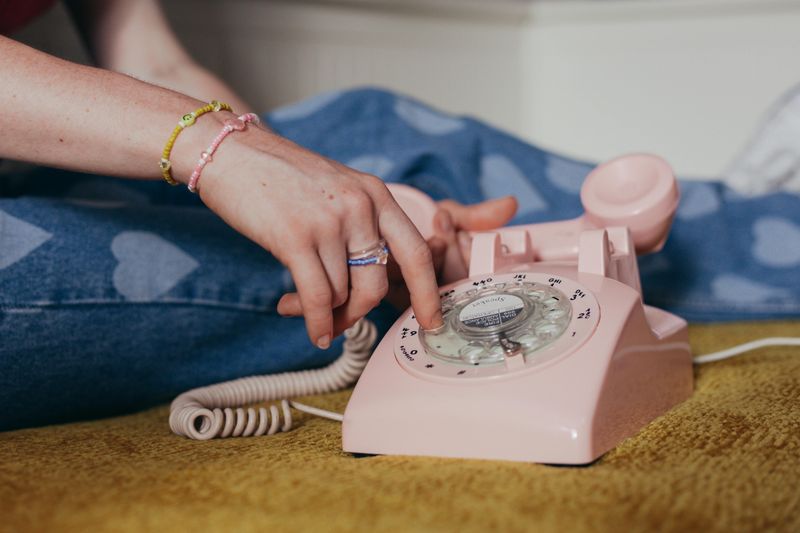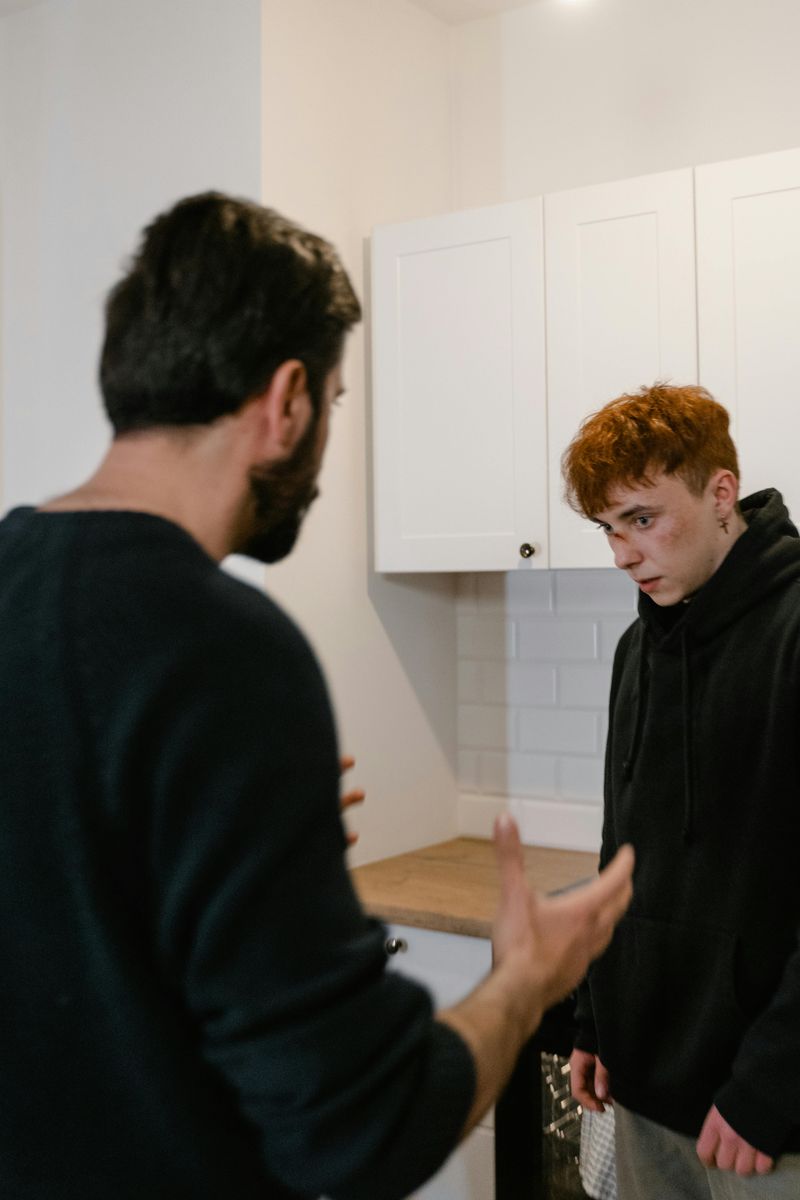Growing up in the 1990s meant living by a set of household rules that shaped how we played, ate, and spent our free time. These rules didn’t come with fancy apps or reminders—just stern looks from parents and the occasional grounding. If you were a kid in the ’90s, you probably remember every single one of these rules like they were written in stone.
1. No TV Until Your Homework Is Done

Schoolwork always took priority over everything else, especially television. Your favorite shows like Rugrats, Hey Arnold, or The Fresh Prince of Bel-Air had to wait until every math problem was solved and every spelling word was memorized.
Parents were serious about this rule. They believed education came before entertainment, and there was no negotiating your way out of it. The TV remote might as well have been locked in a safe until your assignments were complete.
This rule taught responsibility and time management. Kids learned to finish tasks before rewards, a lesson that stuck with many into adulthood. Plus, it made finally watching your show feel like a real achievement.
2. Be Home Before the Streetlights Come On

When the streetlights flickered on, that was your signal to drop everything and head home. No cell phones, no GPS trackers—just an unspoken agreement between you and the glowing bulbs above.
This rule was the universal curfew for outdoor play. Whether you were riding bikes, playing tag, or hanging out at the park, everyone knew the drill. Once those lights came on, playtime was officially over.
Parents used this simple system to keep tabs on their kids without constant check-ins. It gave children freedom during the day while ensuring they returned safely each evening. Missing this curfew meant serious consequences and possibly being grounded the next day.
3. No Shoes in the House

Keeping shoes off indoors was non-negotiable in most households. With all the outdoor adventures kids had—climbing trees, playing in dirt, and running through grass—shoes tracked in way too much mess.
Parents wanted to protect their carpets and floors from mud, grass stains, and whatever else you stepped in during the day. The moment you walked through the door, shoes came off and stayed by the entrance.
Some families had specific house slippers or socks to wear inside instead. This rule wasn’t just about cleanliness; it created a clear boundary between outside chaos and indoor comfort. Breaking this rule usually meant an immediate scolding and sometimes cleaning duty.
4. No Phone Calls After 9 PM

Landline etiquette was taken very seriously back then. Calling someone’s house after 9 PM was practically a crime because you risked waking up parents or younger siblings who were already asleep.
Phones rang loudly throughout the entire house, and there was no way to silence them. If you dared call past the acceptable hour, you’d likely get a grumpy parent on the other end instead of your friend.
This rule taught respect for other people’s schedules and boundaries. Kids learned to plan their conversations earlier in the evening or wait until the next day at school. Late-night phone calls were reserved for emergencies only, and breaking this rule could get you banned from phone privileges altogether.
5. If You Break It, You Buy It (or Fix It)

Accountability was huge in ’90s households. Whether you accidentally broke a toy, dropped the TV remote, or knocked over Mom’s favorite vase, you were responsible for making it right.
Sometimes that meant using your allowance to replace the item. Other times, you had to figure out how to fix it yourself with glue, tape, or sheer determination. Either way, there were consequences for carelessness.
This rule wasn’t meant to be harsh—it was about learning ownership of your actions. Parents wanted kids to understand that things cost money and should be treated with care. It made you think twice before horsing around near anything fragile or valuable.
6. Eat What’s on Your Plate—No Wasting Food

Picky eaters had it rough in the ’90s. If dinner was served, you ate what was on your plate—every last bite. There was no ordering something different or grabbing a snack instead.
Parents didn’t tolerate wasted food. You sat at that table until your plate was clean, even if it took an hour. Vegetables were often the enemy, but they had to be eaten anyway.
This rule came from a place of gratitude and practicality. Many parents grew up with less and wanted their kids to appreciate having meals. It also saved money and reduced waste. Looking back, it taught perseverance and respect for the effort that went into preparing food.
7. Ask Before You Go Anywhere

Random hangouts weren’t a thing back then. Before heading to a friend’s house, the mall, or even the neighbor’s yard, you had to get explicit permission from your parents first.
This wasn’t just a formality—it was a safety measure. Parents needed to know where you were, who you’d be with, and when you’d be back. No exceptions, no sneaking out.
Kids couldn’t just text their location or check in with a quick call. Communication required planning and face-to-face conversations. This rule kept parents informed and gave them peace of mind. Ignoring it meant losing privileges and facing serious trouble when you got home.
8. No Dessert Until You Finish Your Dinner

Dessert was the ultimate reward, but you had to earn it. That meant finishing every bit of your dinner, including the vegetables you tried to hide under your napkin.
Ice cream, cookies, or cake sat within sight but out of reach until your plate was cleared. Parents used this rule to make sure kids ate nutritious meals before indulging in sweets.
It turned dinner into a challenge, with dessert as the prize at the end. Some kids powered through their meals quickly, while others dragged it out as long as possible. Either way, the rule was firm—no shortcuts, no exceptions. It taught delayed gratification and made treats feel more special.

Comments
Loading…